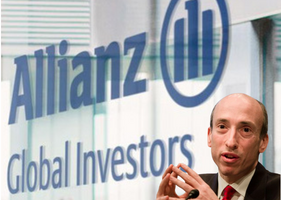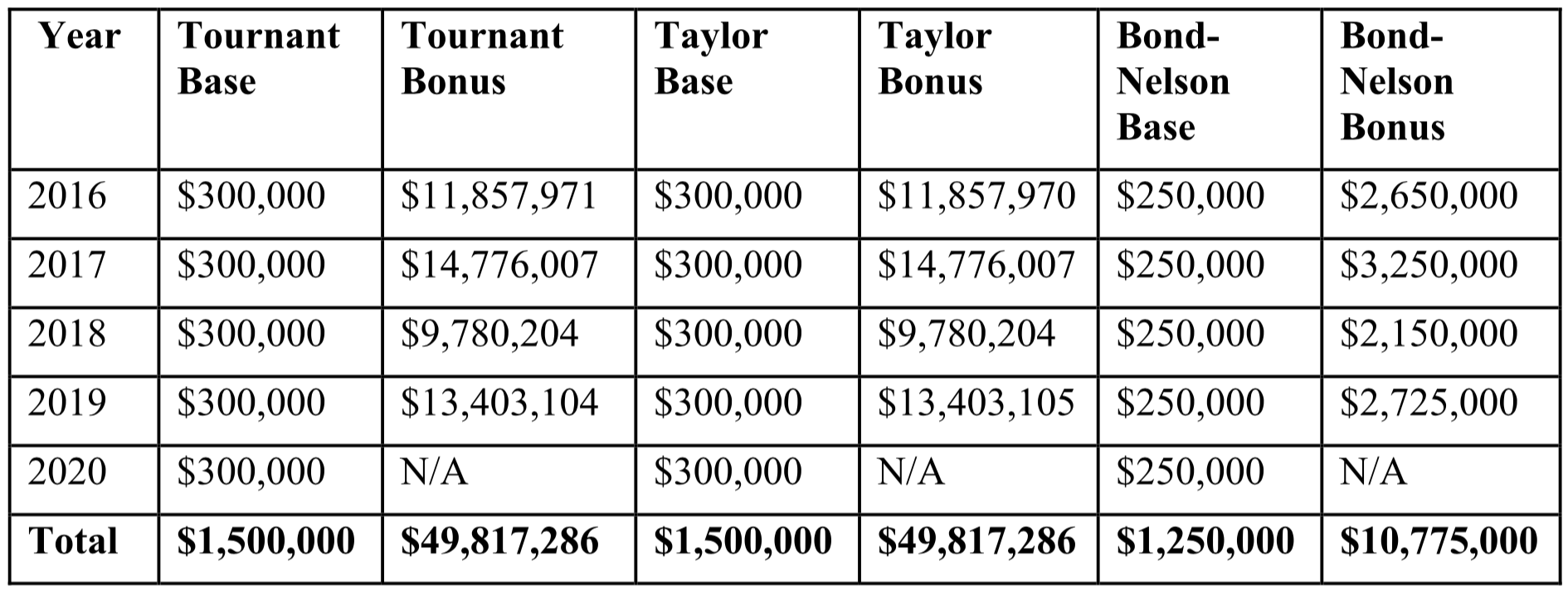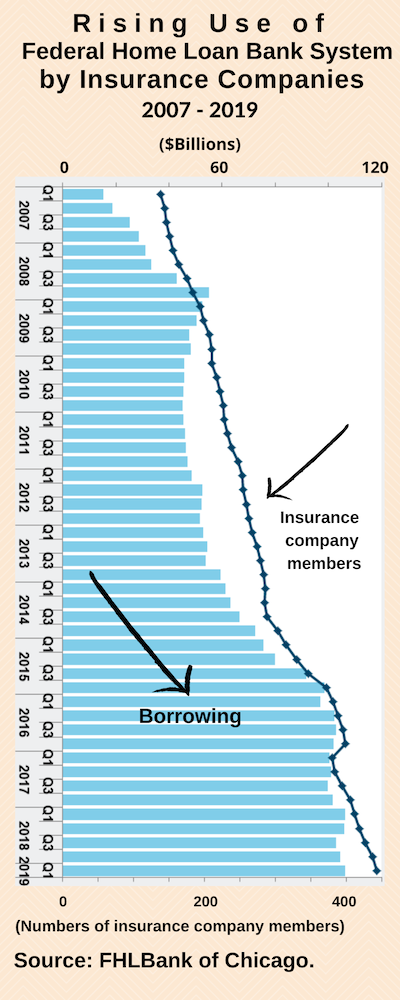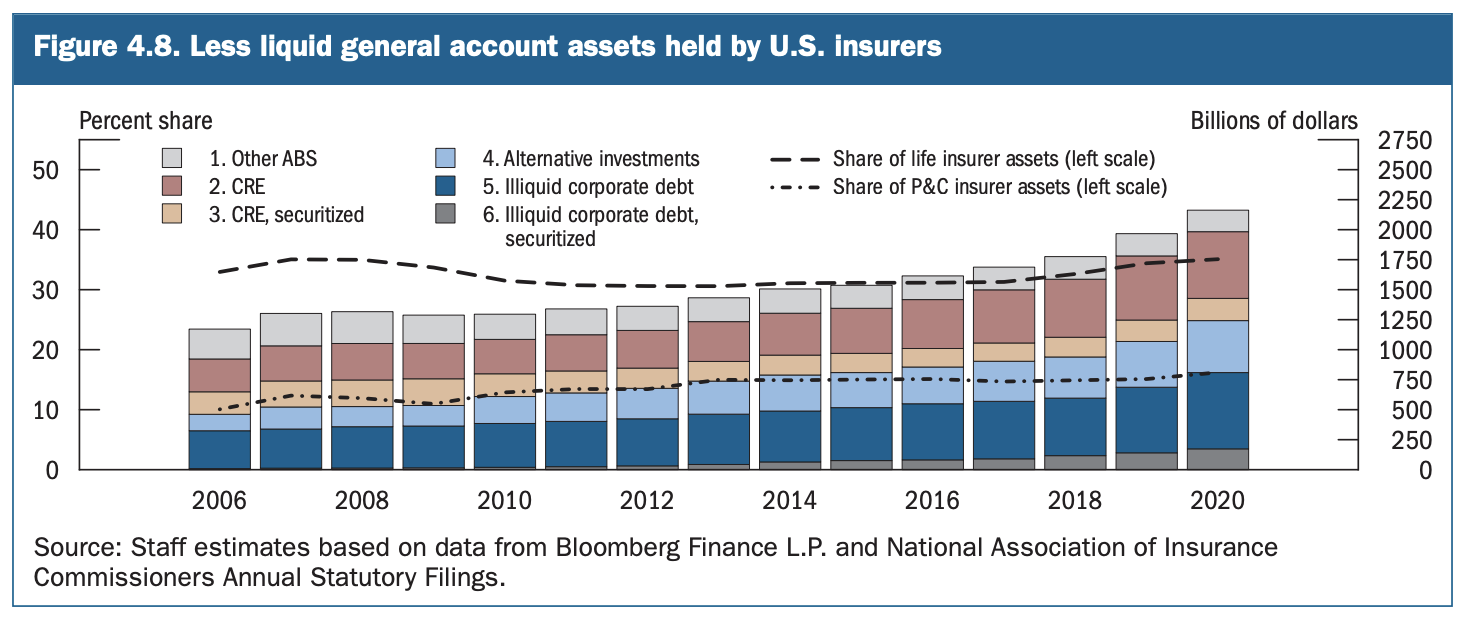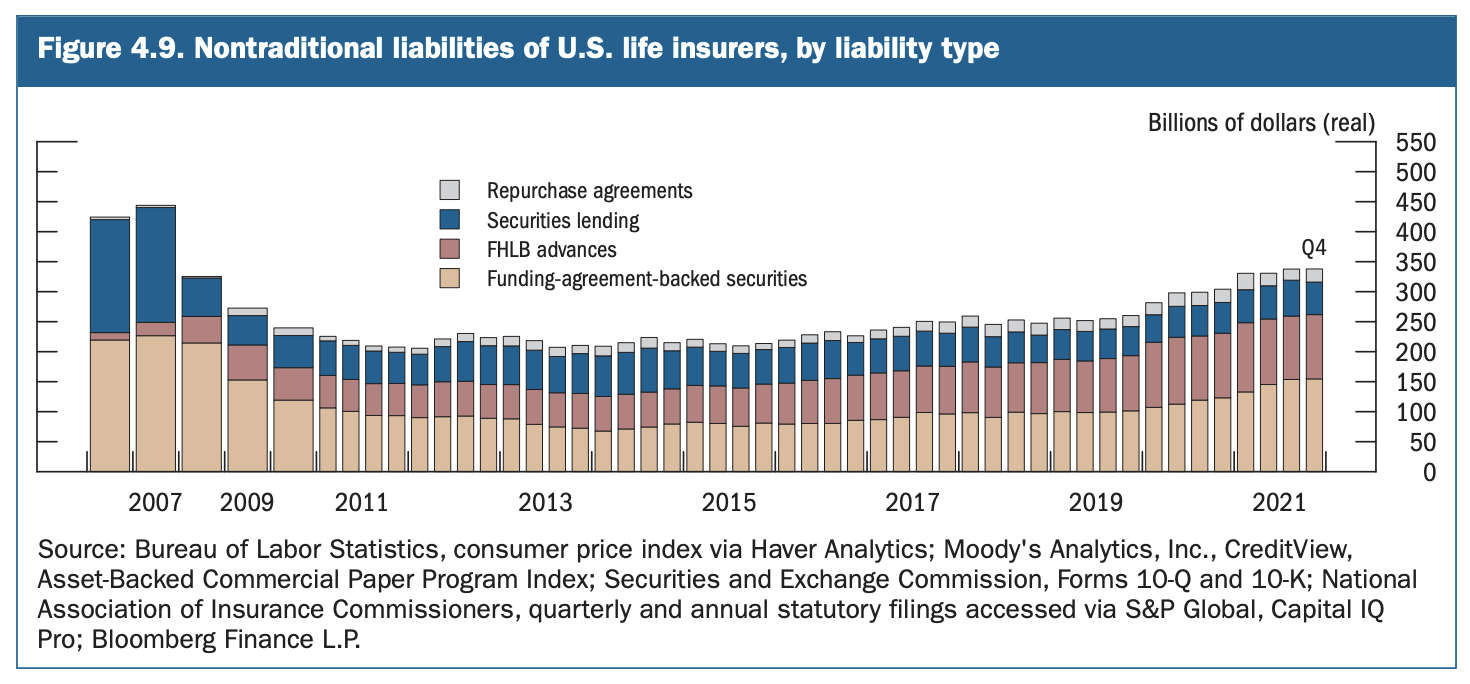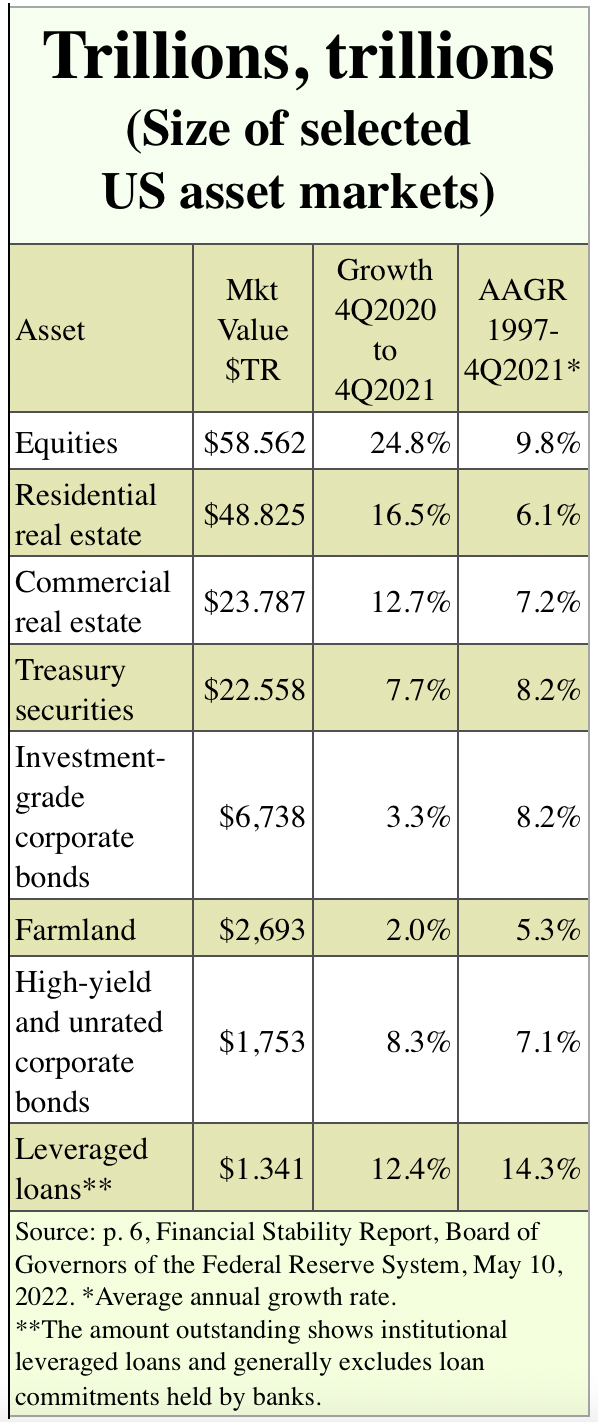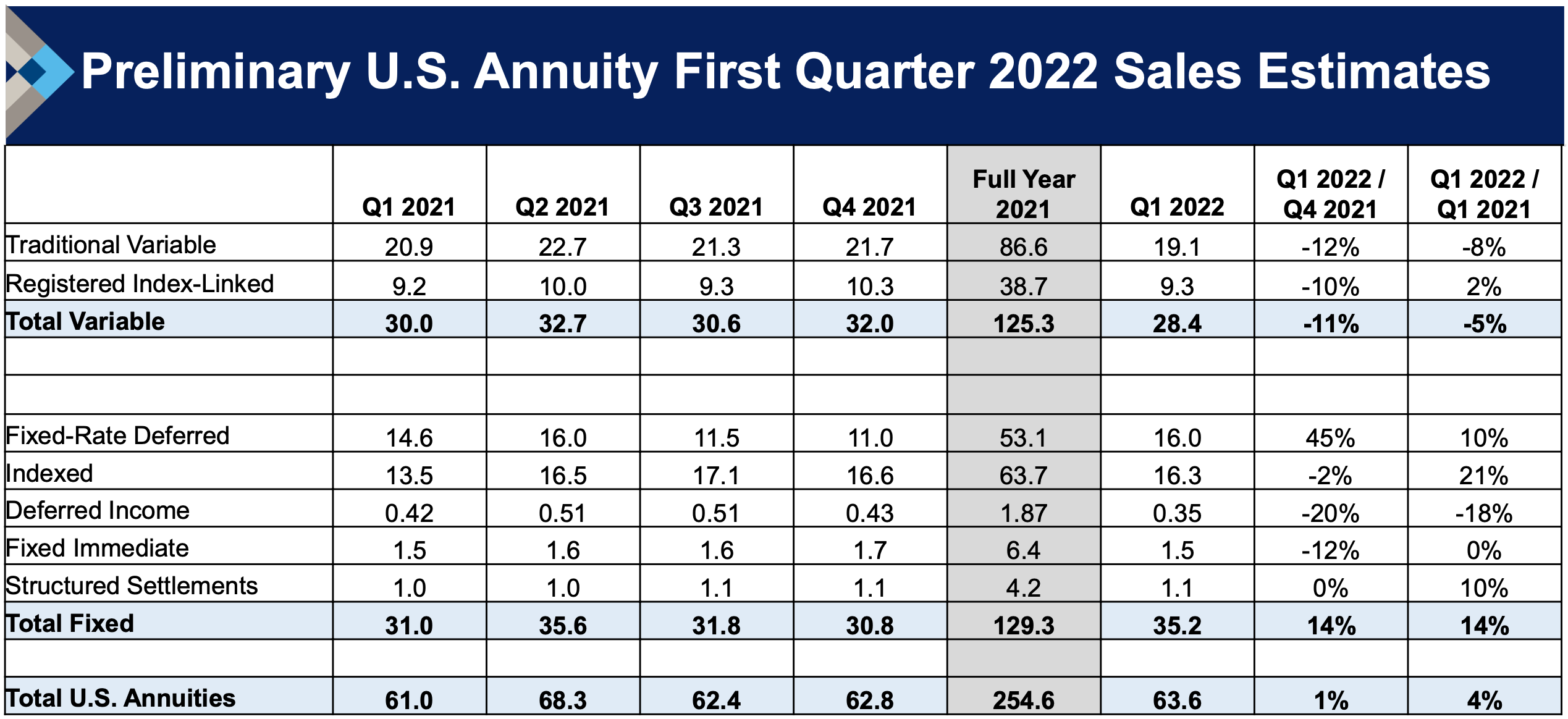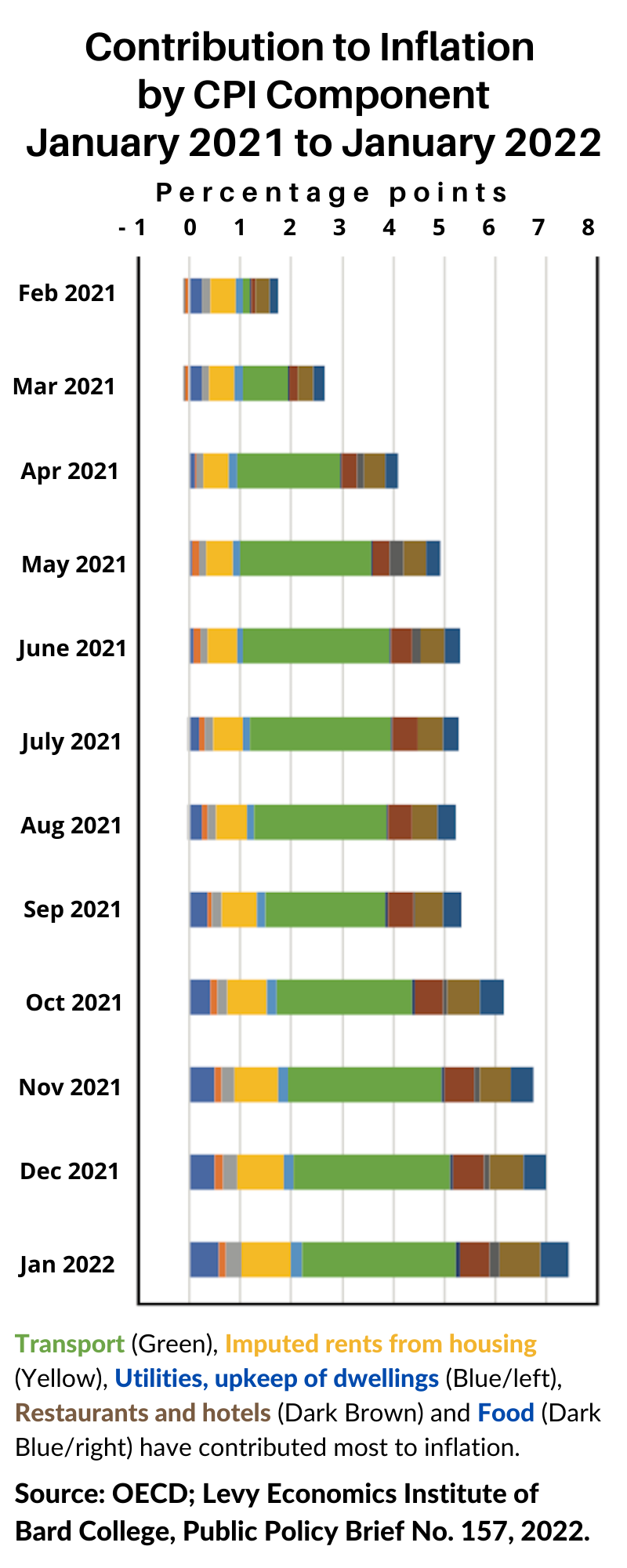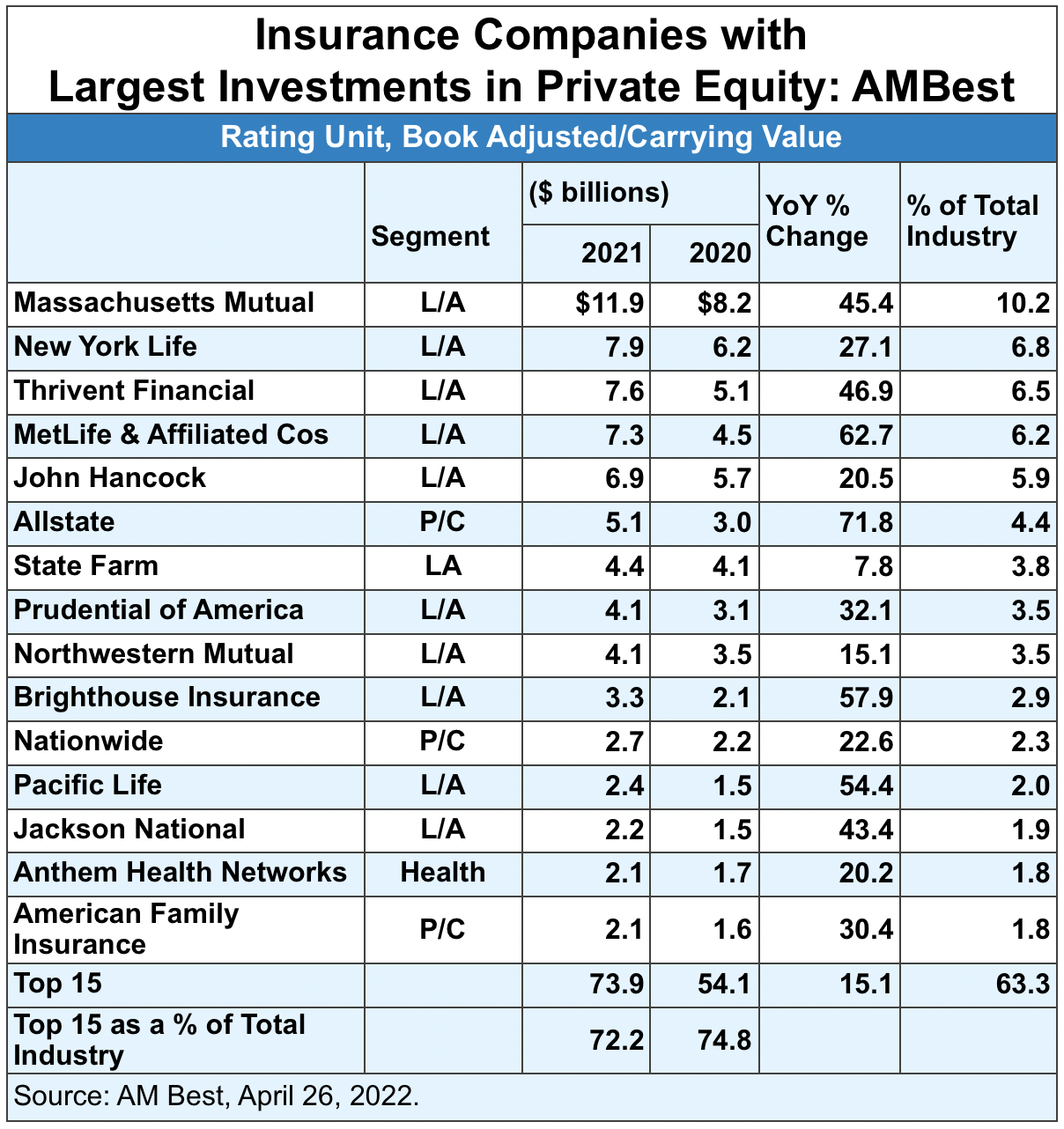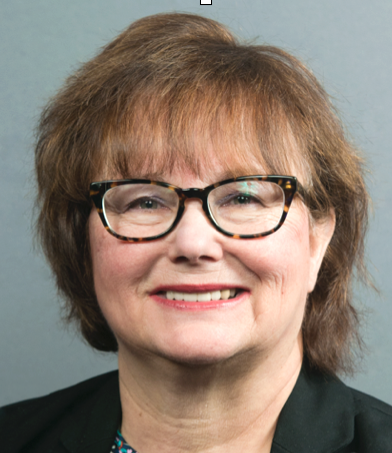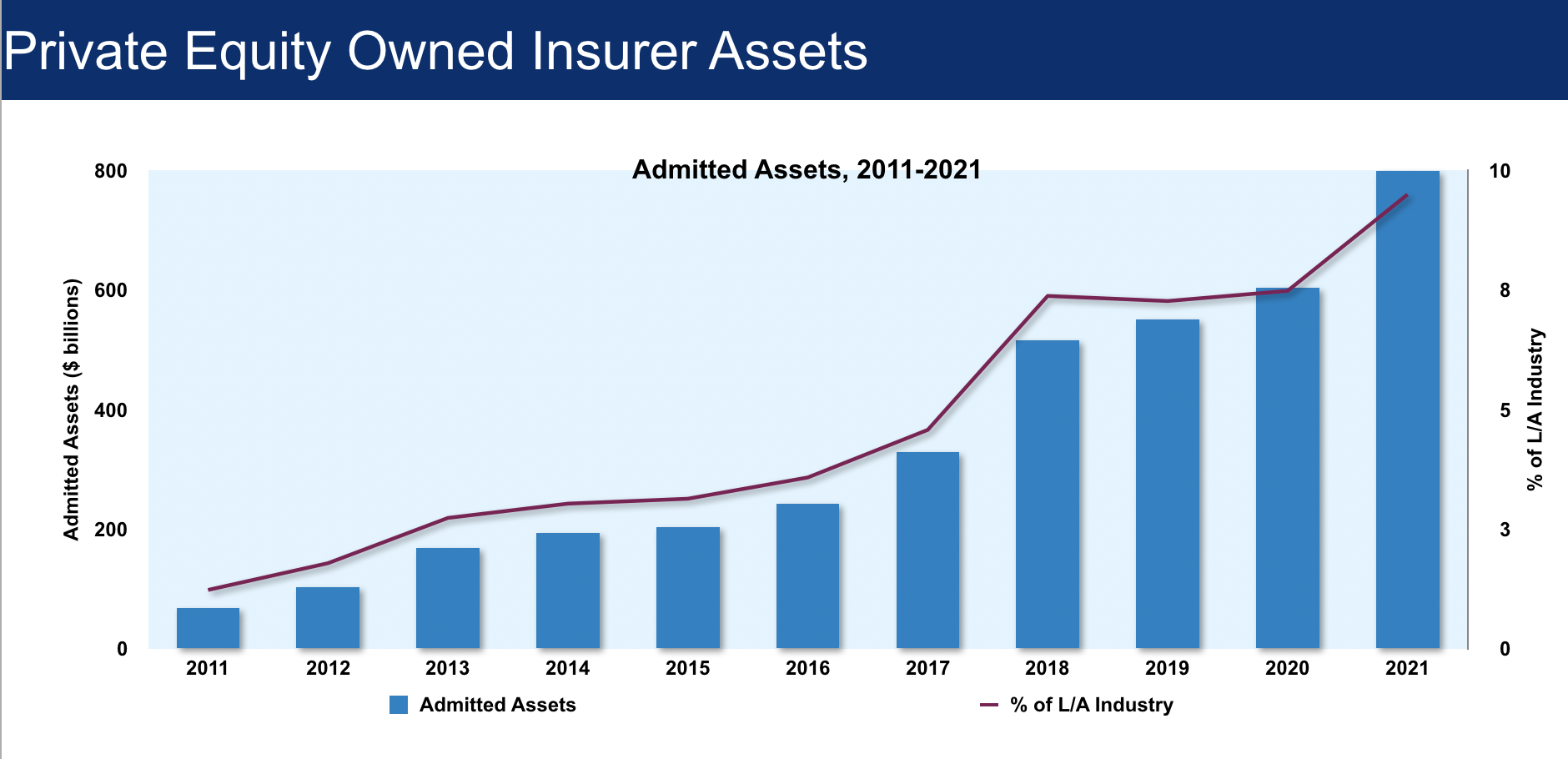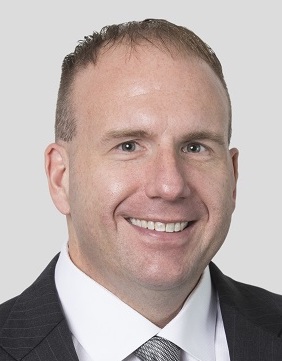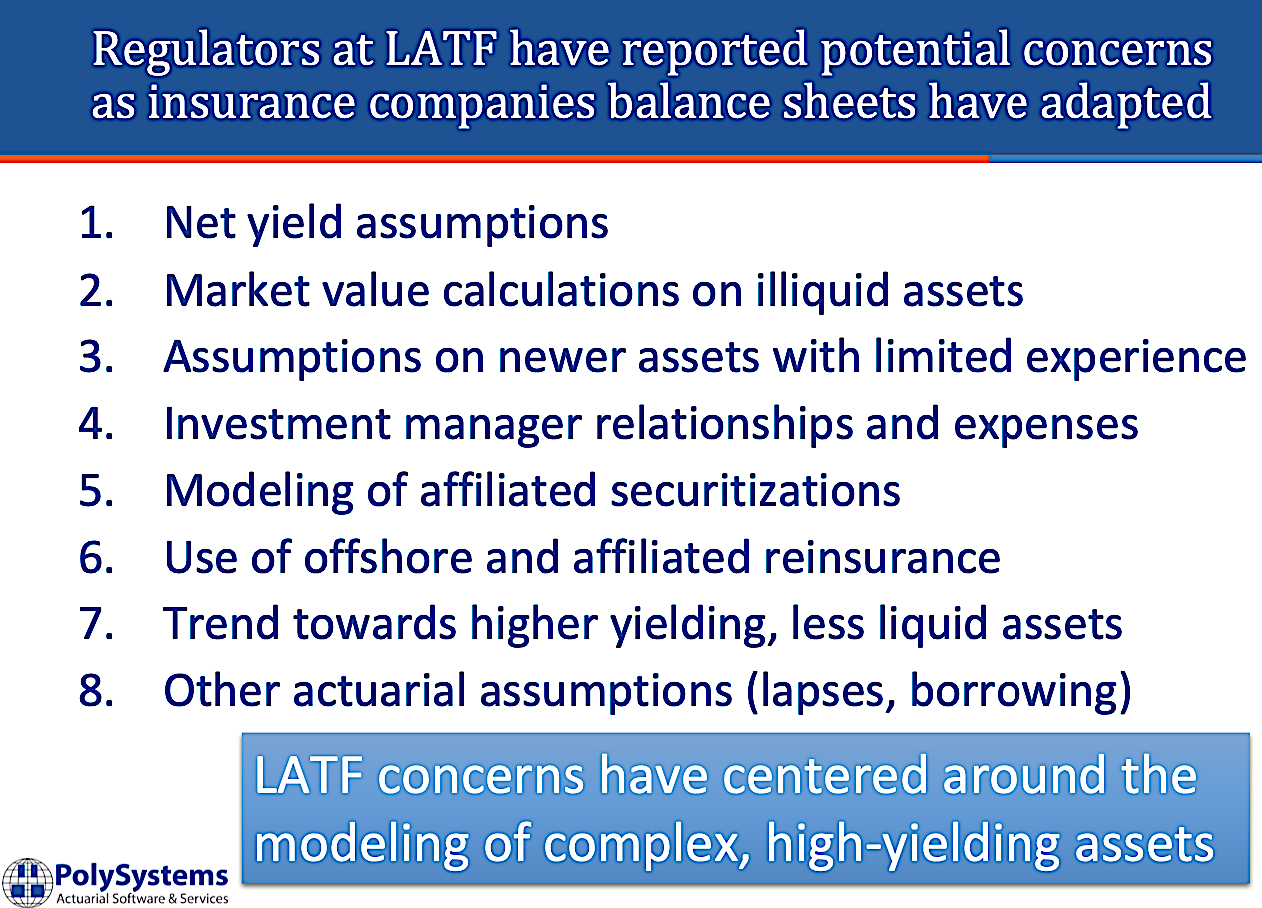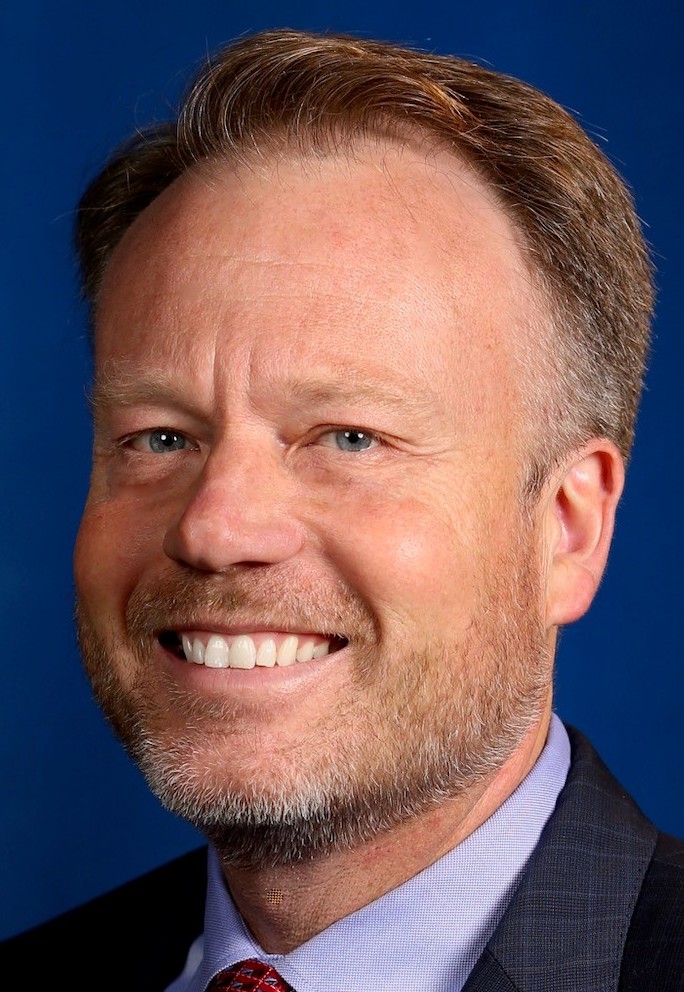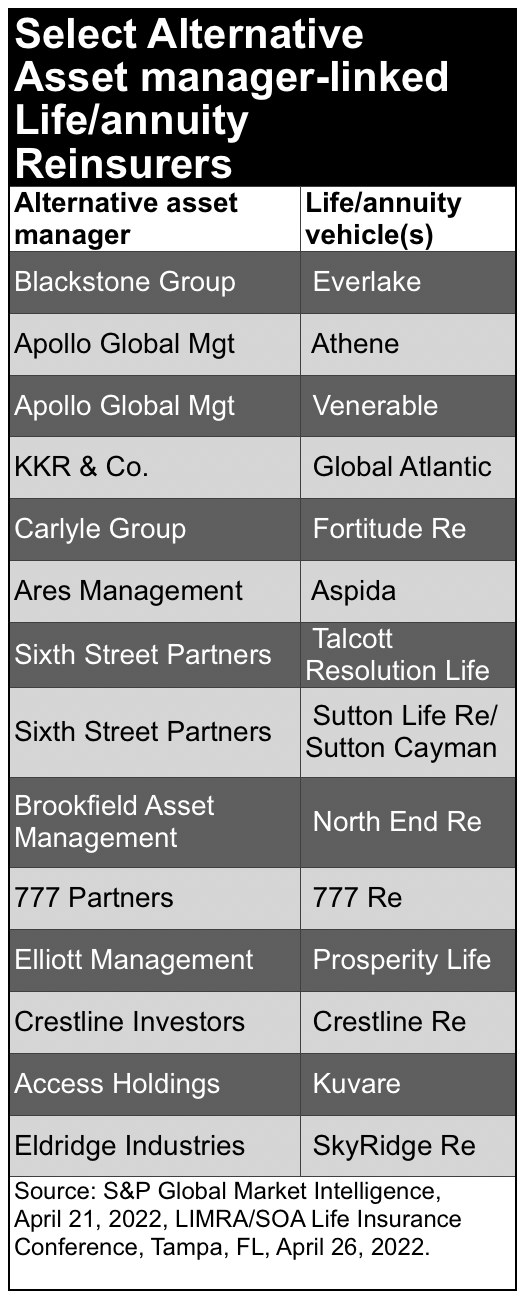FNF ‘dividends’ 15% of F&G Annuities & Life stock to shareholders
Fidelity National Financial, Inc., a provider of title insurance and transaction services to the real estate and mortgage industries, said last month that it will “dividend” to FNF shareholders, on a pro rata basis, 15% of the common stock of its F&G Annuities & Life, Inc., its annuity and life insurance subsidiary.
FNF, which will retain control of F&G through an 85% ownership stake, said it “remains committed to F&G’s growth and long-term success.”
In a statement, FNF chairman William P. Foley II, said, ”F&G has exceeded all of our expectations having grown assets under management by 38% to $36.5 billion since our acquisition in June of 2020 and proving our strategic rationale for the deal. FNF’s balance sheet allowed a credit ratings upgrade of F&G and accelerated its growth by entering new distribution channels.
“While this has played out much better than we had expected, the market has not recognized the value creation that has taken place at F&G. We believe that the best way to unlock this value is to publicly list F&G through a dividend to our shareholders.”
The distribution was approved by FNF’s Board of Directors on March 14, 2022. The Board of Directors believes that the public listing of F&G shares through a dividend to FNF shareholders will unlock the value of both industry leading businesses, a release said. The separation is intended to be structured as a taxable dividend to FNF shareholders and is targeted to be completed in the third quarter of 2022.
FNF will convert its $400 million intercompany loan to F&G into F&G equity prior to the distribution. FNF will maintain 85% of F&G’s common stock, continuing to hold control and primary ownership. FNF intends to distribute 15% of F&G’s common stock to FNF shareholders in order to reinforce the standalone value of F&G, as well as to allow investors to invest directly in F&G.
Chris Blunt, President and Chief Executive Officer of F&G, will remain in his role leading F&G. No change is expected to FNF or F&G’s strategy, operations or management teams. F&G said it will continue to benefit from FNF’s majority ownership, expect sales growth to remain robust through the expansion into new distribution channels, and have access to public markets over time, as needed.
Blunt said in a statement, “We’ve gone from a $4 billion annual sales retail annuity carrier offering one product through one channel, to a more than $10 billion annual sales insurer offering life, annuities, and institutional solutions across five different channels. This transition to being a publicly traded company is a vote of confidence for our business.”
Ares Management announces $40 billion in lending commitments
Ares Management, the private equity firm that, with life insurance subsidiary Aspida Financial and Bermuda-based reinsurer Aspida Re, gathers annuity liabilities, reinsurers them, and manages the associated assets, announced about $5.0 billion in US direct lending commitments across 54 transactions during the first quarter of 2022 and about $35 billion in direct lending commitments across 287 transactions in the last twelve-month period ended March 31, 2022.
The lending figures improve on the $3.6 billion in commitments that Ares closed on 45 transactions during the 1Q2021 and approximately $14.5 billion in commitments for 168 transactions in the twelve-month period ended March 31, 2021. Below are descriptions of selected transactions and expansions that Ares supported and closed during the first quarter of 2022:
3E / New Mountain Capital. New Mountain Capital acquired 3E, a global provider of data-driven intelligent compliance solutions in the Environmental, Health, Safety & Sustainability space.
AirX Climate Solutions / Catterton Partners. AirX Climate Solutions (ACS). ACS provides cooling and ventilation solutions in the telecommunications, data centers, educational, residential and industrial and commercial markets.
Community Brands / Insight Partners. Insight Partner has growth plans for Community Brands, a provider of cloud-based software and payment solutions for association, education, and non-profit organizations.
Convera / The Baupost Group & Goldfinch Partners. The Baupost Group and Goldfinch Partners acquired Convera, a large non-bank provider of cross-border business payment and foreign exchange solutions processing.
Covaris / New Mountain Capital. New Mountain Capital acquired Covaris, a provider of instruments, consumables and reagents associated with the pre-analytical sample preparation process.
Cranial Technologies / Eurazeo. Euraze acquired Cranial Technologies (CT), a provider of custom helmet orthotics for patients diagnosed with plagiocephaly or brachycephaly.
High Street Insurance Partners / ABRY Partners. Ares supported the growth of High Street Insurance Partners, a full-service independent insurance brokerage firm providing business insurance & risk management, employee benefits & human capital management, financial & retirement services and personal insurance solutions.
The Mather Group / The Vistria Group. The Vistria Group acquired The Mather Group (TMG), an independent wealth management firm serving high net worth individuals, families, corporate retirement plans and other institutions.
New Era Cap / ACON Investments. Ares served as the joint lead arranger and joint bookrunner for a senior secured credit facility in New Era Cap, a portfolio company of ACON Investments. New Era is a large authentic licensed headwear and lifestyle brand in the US and globally.
SageSure. Ares served as the administrative agent for a senior secured credit facility to support SageSure’s strategic growth initiatives. SageSure is a managing general underwriter and insurance technology innovator specializing in coastal residential property markets.
As of March 31, 2022, Ares Management Corporation’s global platform had approximately $325 billion of assets under management, with approximately 2,100 employees operating across North America, Europe, Asia Pacific and the Middle East.
Athene gets ‘Excellent’ strength rating from AM Best
AM Best has affirmed the Financial Strength Rating (FSR) of A (Excellent) and the Long-Term Issuer Credit Ratings (Long-Term ICRs) of “a+” (Excellent) of the members of Athene Group (Athene).
Athene, which is focused on the pension group annuity, funding agreement, fixed indexed and fixed annuity market segments, is the consolidation of the organization’s US operating companies, along with its affiliated reinsurance companies domiciled in Bermuda.
Additionally, AM Best has affirmed the Long-Term ICR of “bbb+” (Good), the existing Long-Term Issue Credit Ratings (Long-Term IRs) and the indicative Long-Term IRs of Athene Holding Ltd. (Bermuda). Athene Holding Ltd. operates as the holding company for the U.S. and Bermuda operations. The outlook of these Credit Ratings (ratings) is stable. (See below for a detailed listing of the companies and ratings.)
Concurrently, AM Best has assigned an FSR of A (Excellent) and the Long-Term ICR of “a+” (Excellent) to Athene Annuity Re Ltd. (Bermuda). The outlook assigned to this rating is stable.
The ratings reflect Athene’s balance sheet strength, which AM Best assesses as very strong, as well as its strong operating performance, favorable business profile and appropriate enterprise risk management.
AM Best views Athene’s consolidated risk-adjusted capitalization as strongest, as measured by Best’s Capital Adequacy Ratio (BCAR), and supported by favorable financial flexibility. Athene has demonstrated its ability to access capital markets and maintains additional access to capital and liquidity through a revolving credit facility, Federal Home Loan Bank borrowing capacity, and a shelf registration statement, as well as uncalled capital commitments from Athene Co-Invest Reinsurance Affiliates (ACRA) investors. The completed merger with Apollo Global Management, Inc. is expected to increase Athene’s financial flexibility.
Financial leverage metrics have improved in the past year as capital growth has outstripped debt issuances. However, AM Best notes that Athene holds elevated allocations to more complex and less-liquid investments, which could be impacted materially under adverse market conditions.
Athene has a track record of strong earnings driven by favorable earning spreads and operating profitability, despite the challenges related to the persistent low interest rate environment and high competitive pressures.
Athene’s favorable business profile reflects continued enhancements through additional distribution channels in its retail markets, and expansion of its pension risk transfer business in the United States and United Kingdom, its increased issuances of funding agreements and of its flow reinsurance channel in Japan in recent years. Furthermore, ACRA and the recent fixed annuity reinsurance agreement with Jackson National Life Insurance Company have been accretive to earnings.
KKR closes ‘over-subscribed’ $19 billion private equity fund
KKR, the asset manager that owns Global Atlantic, today announced the final closing of KKR North America Fund XIII, an over-subscribed $19 billion fund focused on pursuing opportunistic private equity investments in North America. KKR will be investing $2.0 billion of capital in the fund alongside investors through the firm’s balance sheet, affiliates, and employee commitments. A KKR release said:
Over the past decade and across NAX3’s two predecessor funds, KKR North America Fund XI and KKR Americas XII Fund, KKR has delivered an average gross IRR of 30.1% (25.1% net) and a gross multiple on invested capital of 2.6x (2.2x net). In comparison to the S&P 500, this has resulted in net outperformance of more than 850bps, against the backdrop of near-unprecedented performance of the index over that decade.
KKR Americas XII Fund, which began investing in 2017, is now fully deployed. It has generated a gross IRR of 50.1% (41.9% net), with a gross multiple of 2.6x (net 2.2x), as of December 31, 2021. With the closing of NAX3, KKR’s Americas Private Equity platform has more than $90 billion in assets under management across flagship, growth and core investment vehicles.
NAX3 received strong support from a diverse group of both new and existing investors globally, including public and private pension plans, sovereign wealth funds, insurance companies, endowments and foundations, private wealth platforms, family offices, high-net-worth individual investors and other institutional investors.
The Fund intends to implement KKR’s broad-based employee ownership program at majority-owned companies in which it invests. Since 2011, KKR has focused on employee ownership and engagement as a key driver in building stronger companies and driving greater financial inclusion.
The firm is committed to deploying the model in all control investments across its entire Americas Private Equity platform. To date, KKR has awarded billions of total equity value to over 45,000 non-senior employees across over 25 companies.
Earlier this month, KKR joined more than 60 organizations in becoming a founding partner of Ownership Works, a nonprofit created to support public and private companies transitioning to shared ownership models.
© 2022 RIJ Publishing LLC.
